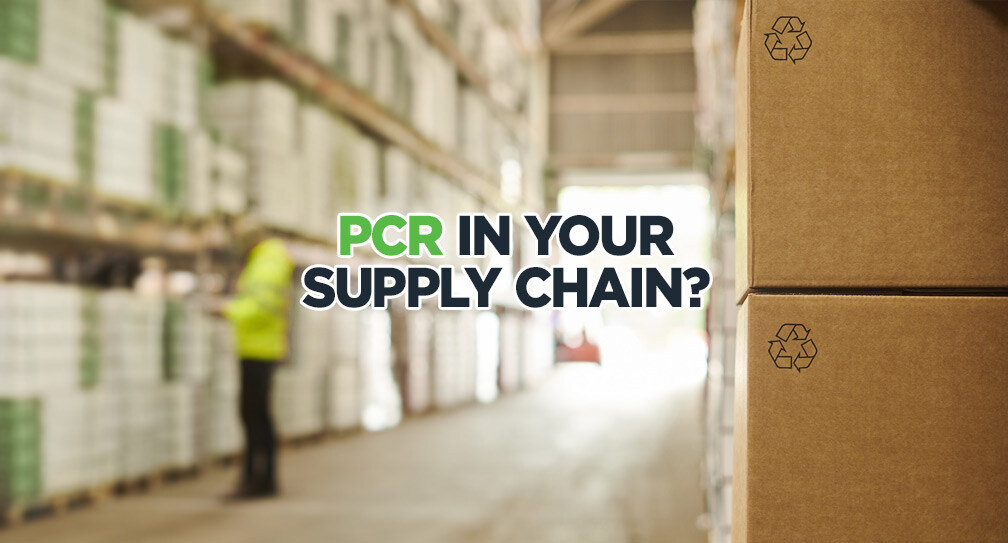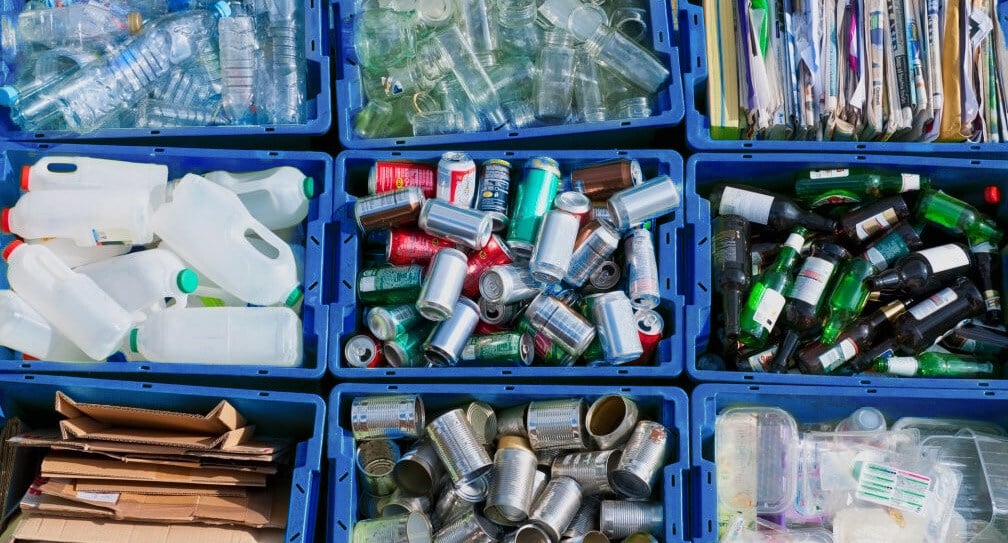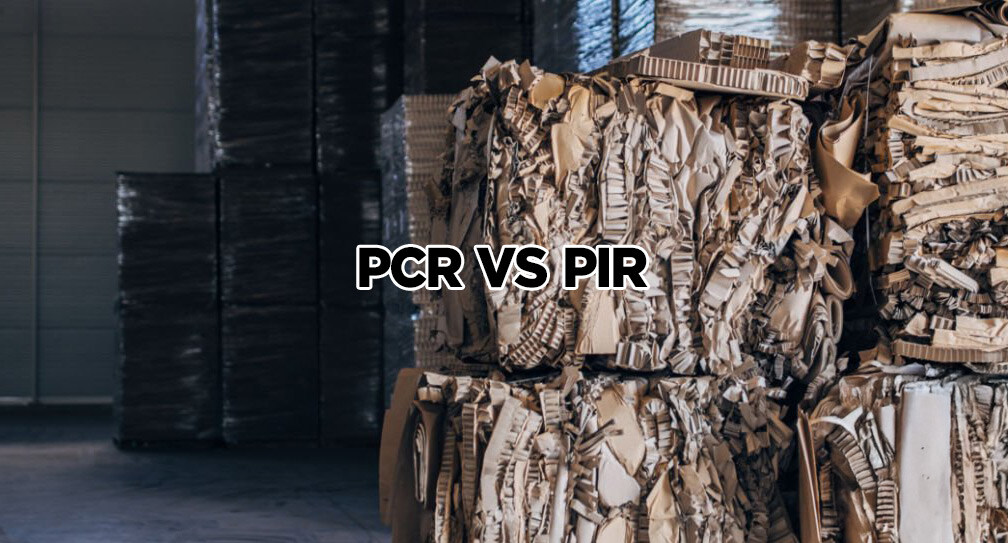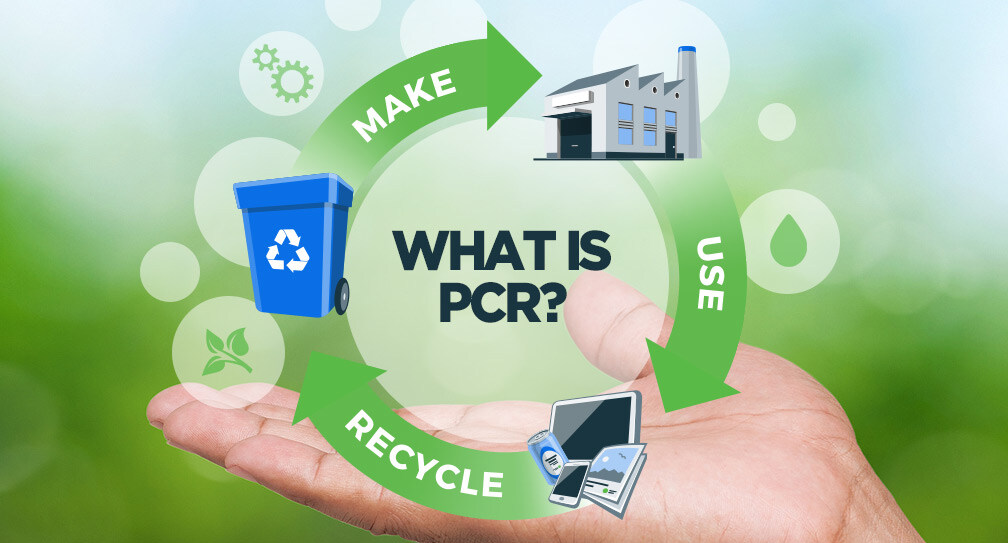In recent years, sustainability has grown from a buzzword into a strategic focus area for businesses of all sizes. Today’s consumers expect brands to adopt responsible environmental practices, and regulations around waste and emissions are only becoming stricter. Among the most effective ways to reduce your organization’s ecological footprint is by integrating post-consumer recycled (PCR) materials into your supply chain. Not only does this help conserve natural resources, but it also speaks directly to rising consumer demands for eco-friendly products.
If you’re just beginning your PCR journey, we’ve got you covered. Below are some best practices for seamlessly incorporating PCR materials into your operations, along with insights from our previous blog on the environmental impact of post-consumer recycled materials.
1. Understand the Value of PCR Materials
 What Are PCR Materials?
What Are PCR Materials?
Post-consumer recycled materials are created from products that have already served a useful life and were then collected and recycled into new raw materials. This differs from pre-consumer recycled materials, which are manufacturing scraps or trimmings repurposed before the end consumer ever sees the product.
What They Matter
- Reduced Landfill Waste: By redirecting used materials into new products, companies help divert significant amounts of trash from landfills.
- Lower Carbon Footprint: Utilizing recycled content often requires less energy and fewer resources than producing items from virgin materials.
- Enhanced Brand Image: Consumers increasingly prefer to support brands committed to sustainability, making PCR integration a valuable differentiator.
2. Conduct a Supply Chain Assessment
 Before you switch to PCR-based components, map out your current supply chain. Identify areas where you can replace virgin materials with recycled content. Take note of:
Before you switch to PCR-based components, map out your current supply chain. Identify areas where you can replace virgin materials with recycled content. Take note of:
- Product Specifications: Which raw materials are crucial to product performance, and can they feasibly be replaced with PCR materials without compromising quality?
- Supplier Capabilities: Do your existing suppliers offer recycled-content products? Or do you need to seek new partnerships specializing in PCR?
- Logistics and Storage: Will incorporating PCR materials require changes to your warehousing, transportation, or production lines?
By conducting a thorough assessment, you’ll pinpoint exactly where and how you can integrate PCR materials for maximum impact.
3. Partner with Reputable Suppliers
 Finding reliable suppliers is essential to ensuring a consistent supply of quality PCR materials. As you evaluate your options, keep the following in mind:
Finding reliable suppliers is essential to ensuring a consistent supply of quality PCR materials. As you evaluate your options, keep the following in mind:
- Certifications and Standards: Look for suppliers that meet recognized environmental standards or hold certifications verifying the quality and source of their PCR materials.
- Transparency: Partner with suppliers who can provide detailed information on the material’s origin and its recycled content percentage.
- Scalability: Make sure your supplier can keep pace with your production demands, especially if you plan to expand your PCR usage over time.
Collaborating closely with your suppliers can help you identify new opportunities for sustainability, such as co-developing custom PCR blends for your specific products.
4. Optimize Product Design for PCR Integration
Revising product designs to accommodate PCR materials is often necessary to achieve the best balance of performance, cost, and sustainability. Here are some strategies to consider:
- Design for Recycling (DfR): Simplify your product design by using fewer material types, making it easier to recycle the product at the end of its life.
- Test Material Performance: Thoroughly test how PCR materials perform under different conditions to ensure they meet your brand’s quality standards.
- Iterative Prototyping: Work in small, iterative phases to refine design and manufacturing processes when introducing new PCR materials.
5. Train and Engage Your Workforce
A shift to PCR materials often involves new procedures, equipment updates, and possibly additional handling requirements. Ensure a smooth transition by:
- Educating Employees: Provide clear guidelines on how to manage, store, and process PCR materials effectively.
- Incentivizing Suggestions: Encourage staff to propose innovations or improvements in workflow that can further reduce waste or improve efficiency.
- Promoting a Green Culture: Reinforce your company’s commitment to sustainability by sharing progress updates and celebrating milestones related to PCR adoption.
6. Communicate Sustainability to Customers
Once you’ve incorporated PCR into your supply chain, let your customers know! Today’s consumers want transparency, and highlighting your sustainability efforts can:
- Increase Customer Loyalty: Many customers prefer to purchase from environmentally responsible brands.
- Encourage Responsible Disposal: Provide information on how customers can recycle or dispose of your products, closing the loop on sustainability.
- Differentiate Your Brand: Display eco-labels or certifications that set you apart from competitors relying solely on virgin materials.
7. Measure, Monitor, and Improve
 Adopting PCR materials isn’t a one-time project; it’s an ongoing process. Develop metrics to evaluate progress, such as:
Adopting PCR materials isn’t a one-time project; it’s an ongoing process. Develop metrics to evaluate progress, such as:
- Percentage of Recycled Content: Track how much of your total material input is PCR-based.
- Carbon Footprint Reductions: Calculate energy savings or emissions reductions associated with using PCR materials.
- Waste Diversion: Monitor the volume of materials diverted from landfills or incineration.
Regularly review these metrics to identify areas for improvement and adjust your strategies accordingly. Over time, these insights can guide you to adopt even more robust sustainability initiatives
Conclusion
Integrating post-consumer recycled materials into your supply chain can yield tangible environmental and business benefits—from decreasing reliance on virgin materials to demonstrating your commitment to a greener future. By conducting a thorough assessment, partnering with transparent suppliers, engaging your workforce, and refining product designs, you can pave the way for a successful and sustainable transition to PCR-based production.
To learn more about the environmental benefits of PCR materials, check out our blog post on the environmental impact of post-consumer recycled materials. Whether you’re new to PCR integration or looking to refine an existing program, implementing the best practices outlined here can help you forge a more sustainable supply chain—one that aligns with both today’s market demands and tomorrow’s global needs.
Ready to make a positive impact and leverage PCR materials for your packaging operations? Contact our team at itape.com for more insights, solutions, and support. We look forward to helping you build a supply chain that not only meets your sustainability goals, but also elevates your brand in the eyes of your customers.
Have questions or need professional assistance? Reach out to our support team for tailored service and repair solutions that keep your packaging processes on track.




